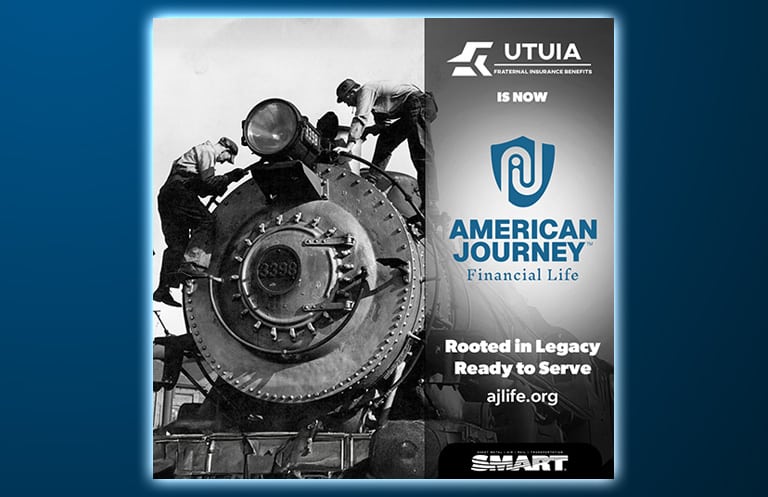
It’s no secret that the railroad industry has never been thought of as “safe” or concerned with the well-being of its workers.
History speaks for itself.
One out of every 35 railroaders were injured each year in the late 1800s. There were few laws, little regulation and the railroads couldn’t be bothered to care for the family of an injured or disabled railroader. Deaths were all too common. Widows and orphans were left to fend for themselves.
As they spread across the country, the railroads were considered a grand investment, but the dangers of the work made the railroaders themselves uninsurable and financially untouchable.
As late as 1892, Senator Henry Cabot Lodge observed that railroaders “suffer as if they were fighting in a war.” In those early days of our industry — 1830 through 1900 — improvements to workers’ safety and security were carved out by the railroaders themselves.
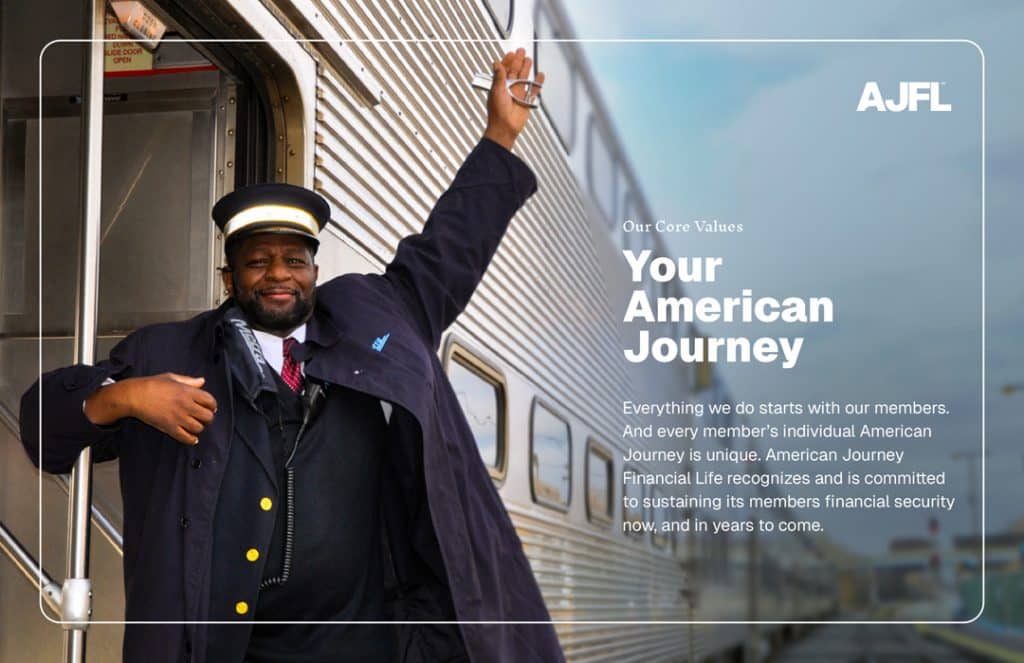
Every rule in the book was written in our blood. Every institution that makes our lives bearable today was formed when old-heads stood together to make it happen. They formed the fraternal benefit societies from which our own union was born.
Labor unions and fraternal benefit societies serve different purposes. Unions wield collective power to force justice from unwilling management. Fraternal benefit societies focus on pooling financial resources to form a safety net. Sometimes a single organization will combine both functions; other times it is more effective to form separate organizations with the same or similar membership. The two are fundamentally intertwined, even though they may merge, split, or rename themselves over time.
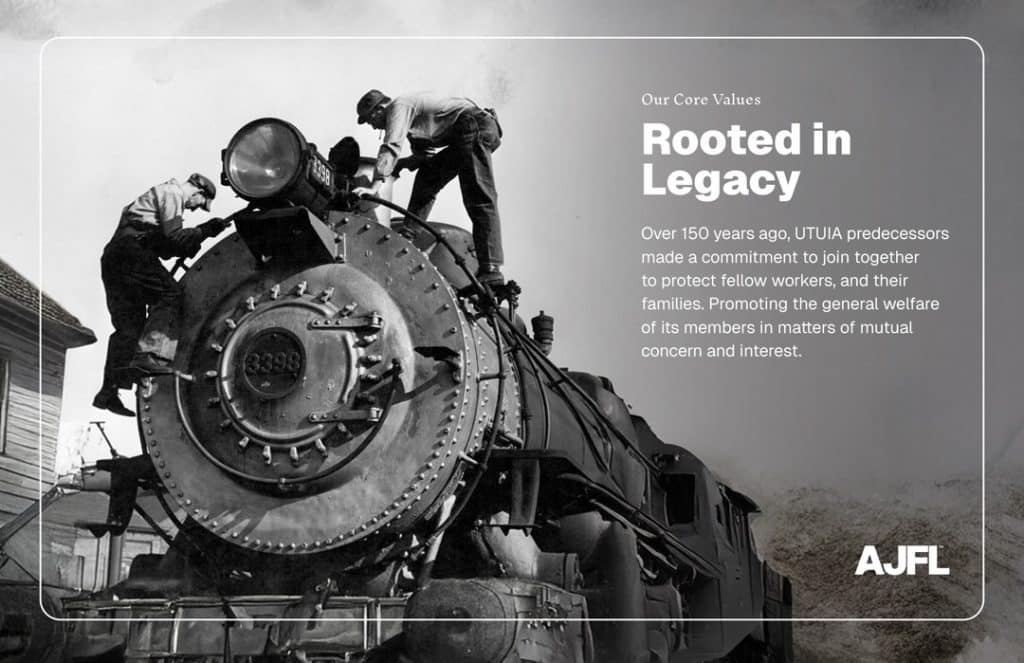
In 1969 the Brotherhood of Locomotive Firemen and Enginemen (est. 1873), the Order of Railway Conductors and Brakemen (est. 1868), the Brotherhood of Railroad Trainmen (est. 1883) and the Switchmen’s Union of North America (est. 1894) merged to form the United Transportation Union (UTU). These organizations also pooled their financial operations into a new agency: the United Transportation Union Insurance Association (UTUIA).
With size comes strength and resiliency. In 2014, the UTU merged with the SMWIA to form the Sheet Metal, Air, Rail, and Transportation Union (SMART), with the Transportation Division of the new union growing to embrace an increasing number of bus and transit workers. The UTUIA has kept pace, welcoming bus, transit, and SMART’s sheet metal and other building trades to the organization.
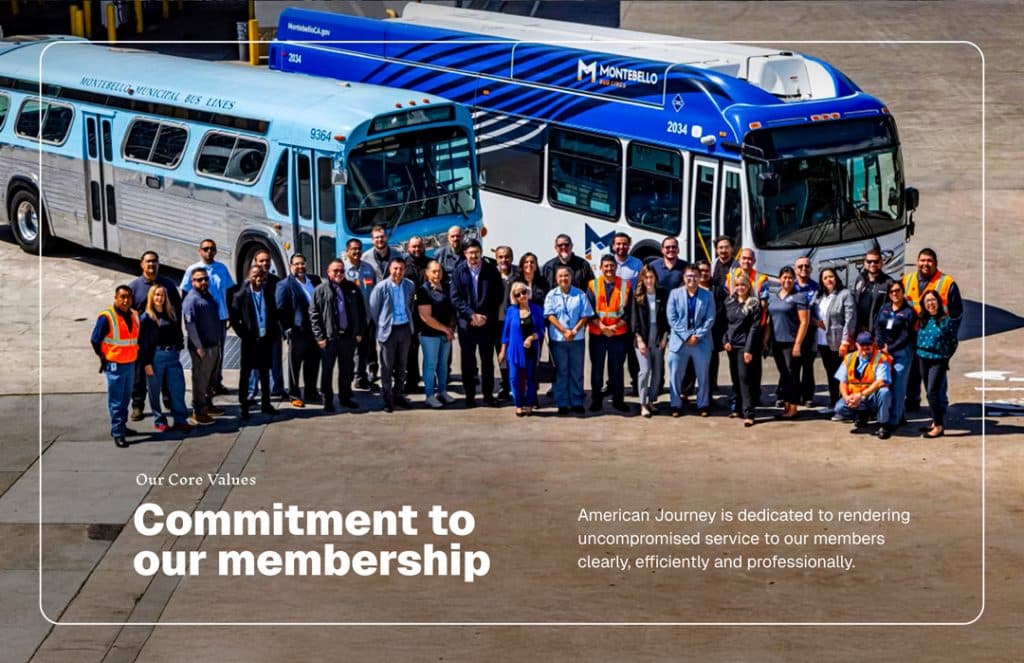
This year, the UTUIA honors its expanded membership with the unveiling of a new name: American Journey Financial Life (AJFL).
The change was introduced to UTUIA’s members in a letter from AJFL President Kenneth Laugel, who explained that “Over the years, we have made substantial gains in improving the infrastructure of the organization, modernizing our technology and enhancing our member benefits. Now, it is my pleasure to inform you of [this] exciting change to our organization. As we approach sixteen decades of existence, we welcome all those who labor tirelessly in the hazardous trades to join with AJFL in solidarity, as we seek to protect and enhance the lives and financial security of our members and their families.” The new name will begin appearing in all correspondence with the agency. You may learn more about American Journey Financial Life at ajlife.org
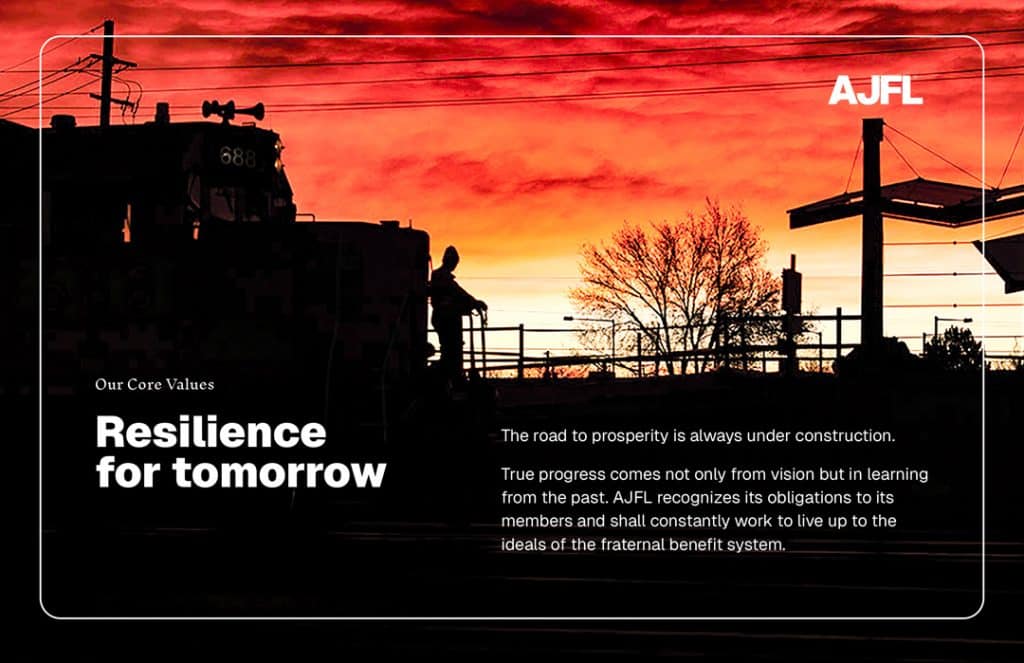
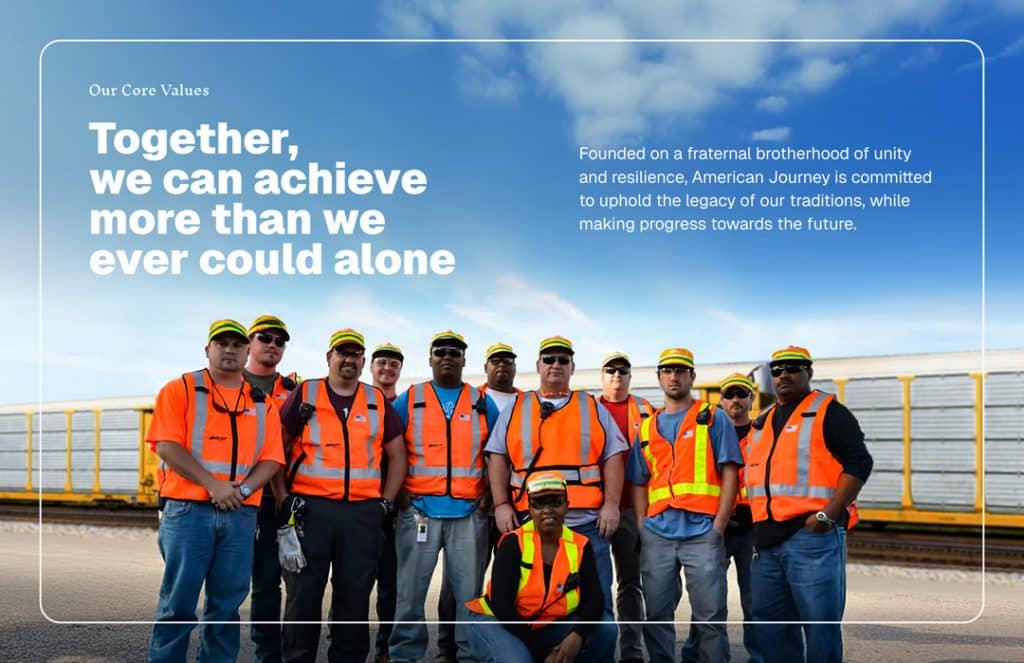
Related News
- Value of Unions
- New Mass. Law Protects SMART-TD Transit Members
- Bills Mount After Texas Conductor Loses a Leg
- 2026 Railroad Retirement and Unemployment Insurance Tax Changes
- SMART General President Michael Coleman praises SMART-TD agreement with Union Pacific, congratulates members on ratification
- SMART Women’s Committee statement on Amber Czech
- SMART-TD Members on UP Properties Ratify Five-Year Agreement
- General President Coleman’s Thanksgiving message to U.S. members
- Railroader’s Son to Perform at Carnegie Hall
- Union Members Head to College Thanks to Tuition Benefit